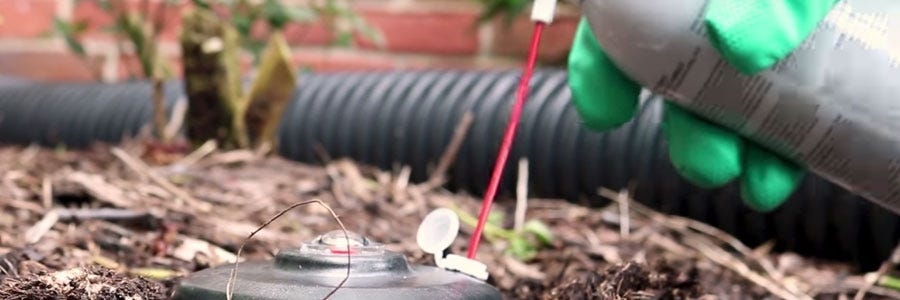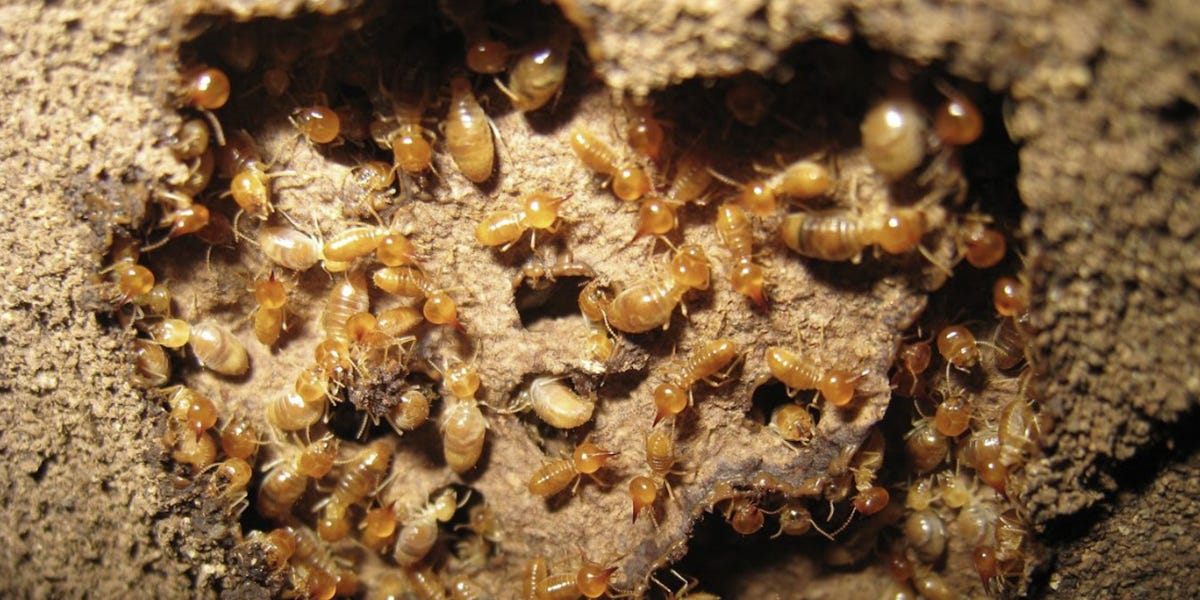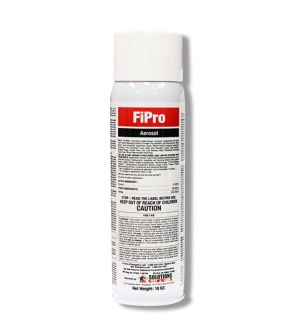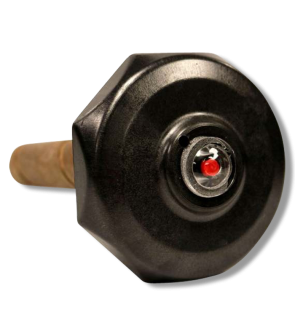Conehead Termite Control
Most Effective Products
Conehead Termite Control: How To Get Rid of Conehead Termites
First introduced to the US in 2001 in Florida, the conehead termite is a recently discovered species of termite thought to be eradicated but gained a resurgence when colonies were discovered in Florida in 2012. The conehead termite has shown to be terribly destructive in its wood damaging habits and are a great concern wherever they have been established.
Conehead termites (Nasutitermes corniger) are believed to be native to the Caribbean or Central America and may have hitchhiked their way into the states on wood crating or pallets of shipped cargo. They were originally coined the “tree termite” but their common name was changed to conehead not just because of its appearance but also because it was demonstrated that they don’t just infest trees.
A conehead termite colony which goes undetected and untreated can result in significant damage to a home structure in a very short span of time. Conehead termites are very aggressive foraging pests and they have been noted to venture several hundred feet away from their colony to expand their presence and establish other nests, which can get as large as the size of a watermelon in half a year.
If you suspect your property has a conehead termite invasion, you will need to act fast to control them and keep them from expanding. The following DIY treatment guide was put together by our termite experts to help you eliminate conehead termites quickly and affordably.
Identification

Before you can proceed with a treatment program, you will need to be sure that the pest you are facing is indeed a conehead termite. Misidentification can lead you to using the wrong treatment products and be a waste of your time and money. Below are some characteristics about conehead termites to aid in identification:
- Conehead termites can look quite different from other termite species and it starts with how they got their name--their cone shaped heads.
- Soldier conehead termites have a distinctive cone shaped head that resembles a teardrop. Their heads are usually dark colored which rests on their beige colored bodies. This can usually be hard to see however because conehead termites are as small as a grain of rice, slightly more than 1/8th of an inch long.
- Worker and soldier termites are roughly the same size but the reproductive alates grow quite large and are larger than most other termite species and they have inconspicuously shiny black wings that can grow to ½ an inch long.
Use the description and image above to help you in determining whether you have conehead termites on your property. If you need assistance, contact us and we will try and help you ID the termite species you have and offer product suggestions for control.
Inspection

Conehead termites can be hard to spot because they are so tiny and because they may be hiding underground and seem invisible but there are things you can look out for when conducting an inspection to find out where they reside.
Where To Inspect
Conehead termites construct large, dark brown colored nests which appear to have a bump looking surface. These nests can be on, in or by trees or structures, or on open ground and are sometimes hidden within vegetation.
When nests are visible and obvious then you know you have a particularly sizable infestation to be concerned about.
What To Look For
The main things to check for are tunnels, conehead termite swarmers and conehead termite nests.
Conehead termites move to and fro using brown colored tunnels. Look for these on the sides of trees, houses, fences or other surfaces.
Conehead swarmers usually come out of their nests in the spring time to fly to a new location and start another colony, spreading the termite infestation.
Treatment
Because of their unique habits, conehead termites have proven difficult to control with the average termite treatment methods. The nest must first be located and destroyed, and it may be necessary to perform repeat treatments until the entire population is eradicated.
Wherever you have noticed a visible conhead termite nest, they will need to be physically taken down and destroyed immediately then treat the nest with a professional-quality insecticide, such as Supreme IT.
This product is an effective termite control for pests like conehead termites infesting your home. Once applied this product kills conehead termites with the active ingredient 7.9% bifenthrin, which disrupts the termites central nervous system leading to eventual death.
Step 1 - Locate and Treat The Nest

Apply Supreme IT via trench method if the termites are underground or you can mix this product with water inside a poly hand sprayer and thoroughly apply the termiticide to trees, stumps, structures, foraging tunnels and any other place where conehead termite activity is found or suspected.
A trench can be made by digging a 6" x 6" trench 10 feet long in the base of your structure. Treat the soil with 4 gallons of 0.06% dilution per 10 linear feet per foot of depth of the trench. Mix 5 fl. oz. of Supreme IT with 4.9 gallons of water in 5-gallon bucket to have a 5 gallon emulsion.
Pour the mixture into the trench and immediately fill it back with dirt until it is turned into mud. Repeat the process until the entire perimeter of your home is covered. This treatment will typically protect a structure for up to 90 days.
Step 2 - Red Eye Monitoring Stations & Fipro

Another option for underground treatment is to use a Red Eye Termite Monitoring Station and apply it into the soil in active termite areas. The Red Eye indicator will show you if termites have gotten into the bait station and then you can inject FiPro Foaming Aerosol into the Red Eye to kill the termites.
Prevention

After you have successfully eliminated conehead termites from your property, you will want to ensure these pests do not return. Here are some preventative measures we suggest following to keep conehead termites away.
- A solid prevention program to reduce the risk of conehead termites coming back is a combination of environmental modifications, regular monitoring and barrier treatments. A great barrier treatment insecticide we recommend is Supreme IT. Supreme IT is a repellent and will keep desert termites from coming back.
- We also recommend continuing to use RedEye Termite Monitoring stations around your property to check routinely for possible termite returns.
- Aside from these tools, properly maintaining your yard to keep it free from leaf litter and mulch, reducing as much moisture from your home or yard as possible and moving stored wood away from your home or building can make it so termites will not come back.
Key Takeaways
What Are Conehead Termites
- Conehead termites is a newly discovered termite species that is becoming an increasing problem in the southeastern United States, particularly in Florida.
How to Get Rid of Conehead Termites
- Our go-to methods for treating Conehead termites is applying Supreme IT via trenching or locating the nest and applying the chemical to it. You could also use the Red Eye Monitoring station to detect activity and apply Fipro Foaming Aerosol accordingly.
Preventing Conehead Termites Reinfestation
- A barrier treatment of Supreme IT and a continued use of Red Eye Monitoring stations will prevent conehead infestations from re-establishing.














































































































































































































































































































































































































































































































































